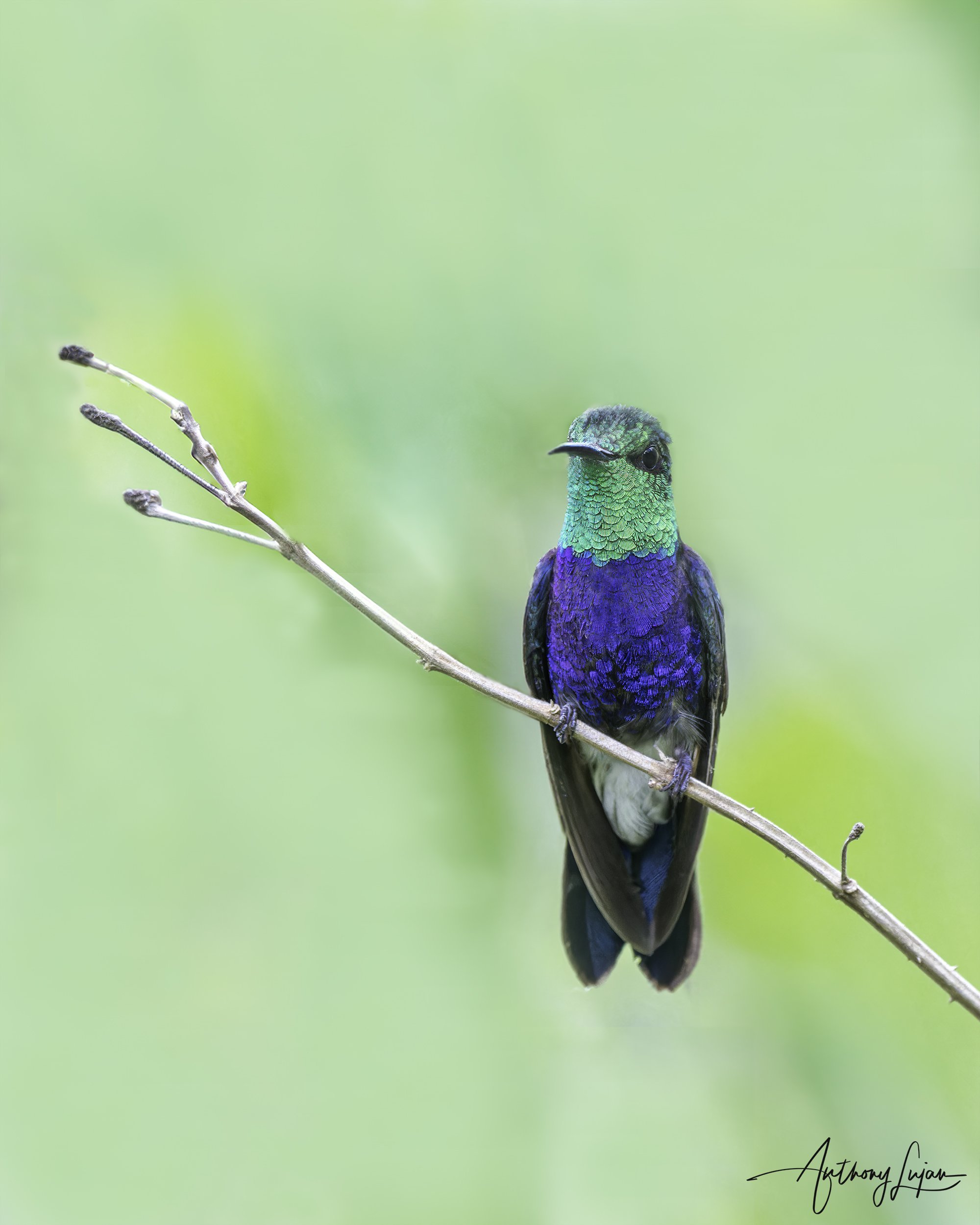2024 Hummingbird Census: How Many Species Are Really Out There?
The Fork-tailed Woodnymph has a total of 13 subspecies.
Have you ever wondered just how many hummingbird species exist? If you’ve heard numbers like 360, 365, or even 373, you’re not alone! These figures might sound like a guessing game, they are not.
Diving into the Numbers
I recently attended the Sedona Hummingbird Festival, a vibrant gathering of hummingbird enthusiasts and experts. The common theme from each presenter was that they had their own number on how many species of hummingbirds exist. Some said 360+, some said 365, and a few even went up to 373 species, especially considering the recent split of the Giant Hummingbird. It’s fascinating to see how the count varies depending on which authority they use as their source.
A Deeper Dive with the Experts
After the festival, I was having a conversation with Alice Mader, the Executive Director of the International Hummingbird Society. We touch on this topic and explored why there’s so much variation in the species count. I wanted to get clarity, so I reached out to my Instagram buddy, Tyler Wenzel, a wildlife photographer, educator, and Cornell certified ornithologist from Costa Rica.
I presented Tyler with a specific case that Alice and I were discussing. BirdLife International listed a particular hummingbird as its own species, while Birds of the World and eBird considered it a subspecies. Naturally, we both were curious about who had the ultimate authority in these matters. Tyler’s response was enlightening: “There isn’t really an ultimate authority. There are essentially four different checklists for birds, and recently, they’ve been working on trying to homogenize them.”
The Challenge of Multiple Checklists
Tyler also shared an article that examined the four major checklists for Birds of the World. Although it was written in 2019 and is somewhat outdated today, it offers valuable insights into the complexities of bird taxonomy. These checklists—each with its own set of criteria and focus areas—are constantly being updated and refined. It’s a reminder that studying birds is an ever-evolving field, with new discoveries and debates shaping our understanding.
Four major ornithological taxonomies:
Clements/eBird
BirdLife International/Handbook of the Birds of the World (BirdLife/HBW)
International Ornithological Committee / Union (IOC)
Howard & Moore
Click the button below to read the article in great detail.
For me, I’m sticking with Clements/eBird as my go-to resources. I appreciate that they list subspecies, which I believe is crucial for a comprehensive understanding of these tiny, mesmerizing creatures. Plus, these platforms are regularly updated, so I can stay informed as new data comes in.
What’s Next for Hummingbird Classification?
One of the most talked-about topics in the hummingbird world is the potential split of the Giant Hummingbird into separate species. As of now, this split hasn't officially happened on Clements/eBird. Tyler said it likely won’t until 2025, when more data becomes available. It can confidently be said that there are 362 living recognized species of hummingbirds, with 3 additional species sadly extinct (Brace’s Emerald, Caribbean/Gould’s Emerald and the Coppery Thorntail).
Why Does the Number Matter?
You might be wondering why it’s so important to pinpoint the exact number of hummingbird species. For one, it helps us better understand the diversity and distribution of these birds. Each species or subspecies has unique characteristics, behaviors, and habitats. By recognizing and studying them, we can learn more about their ecological roles and how best to protect them.
Moreover, for people like me who are deeply passionate about hummingbird photography, knowing the exact number of hummingbird species adds to my personal count of encounters. It’s truly thrilling to think that this list of diverse species is still growing and that there are potentially undiscovered species out there, just waiting to be documented and to grace the flicker of the shutter on my camera, capturing their beauty for all to see.
Please note: The content provided on this blog is for educational purposes only and contains general information.

